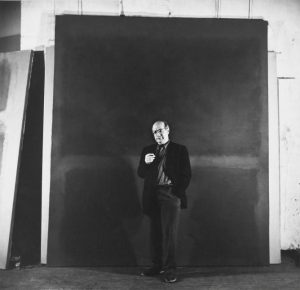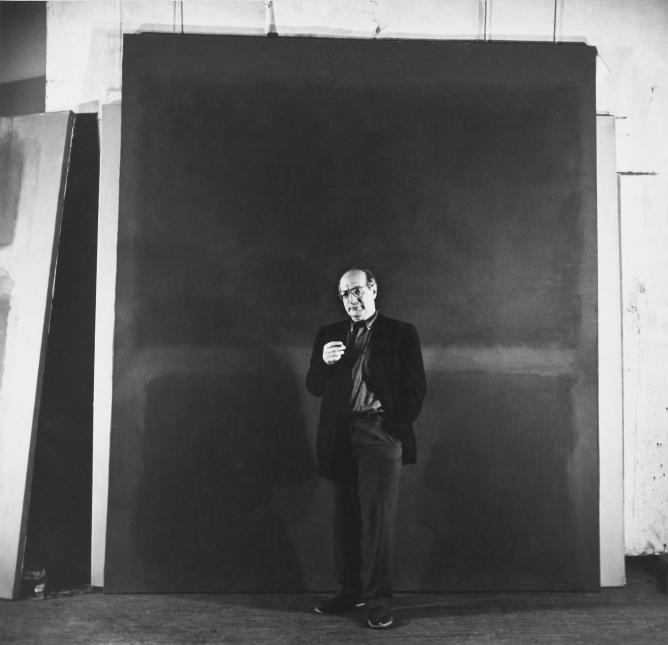Mark Rothko, one of the most eminent painters of his generation, also is one of the leading representatives of so-called New York School. It was a group of painters that was organized in 1940 as a new common denominator in art in USA. Mark Rothko during his 50-years long painter career created new and impressive style of abstract art. His works are characterized by expressed attention to formal elements: colour, form, balance, depth, composition and scale. But Rothko denied that his paintings would be perceived only according these criteria. He explained: “Among the painters there is widely accepted fact that there is no difference what the painter is painting, the most important is that it would be painted well. This is the essence of academism. There does not exist such phenomenon as a painting about nothing.”
In the manifesto that was published in “The New York Times” Rothko and Gotlibs wrote: “We give preference to simple expression of the complicated idea. We support big form, because it possesses certainty. We want to stress the plane of the painting. We support the use of the plane, flat surface, because it destroys the illusion and discovers the truth.” Until 1947 Rothko in his works destroyed all the elements of surrealism or mythical imagery. In place of these elements he created unreal compositions of indefinable forms. In the end of 1950 paintings of Rothko were appreciably darker. This development is connected with the work on the wall painting ordered by the restaurant “Four Seasons”, that was located in New York in “Seagram” building. Here Rothko passed over to red, cherry brown, brown and black palette. With time the painter renounced the project because he had doubts whether the restaurant would be the appropriate place for his works. However, Rothko had made some sketches and had finished several paintings. Two of these paintings now are located in “Seagram” building. In these works Rothko had changed bearing from closed to opened, that in form reminds of a threshold, a starting point or a portal. Probably, such element was connected with architectonic environment, to which these works were destined.
Mark Rothko (Marcus Rothkowitz) was born in Dvinsk, Russia (nowadays – Daugavpils, Latvia) on 25 September 1903. He was fourth child in family of pharmacist Jacob Rothkowitz (born in 1859) and Anna Goldin Rothkowitz (born in 1870). His parents got married in 1886. Rothko emigrated with family to the United States of America, and when he was 10, he reached Portland, Oregon. In 1921 Rothko entered Yale University where he studied English and French, history of Europe, elementary mathematics, physics, biology, economics, history of philosophy and general psychology. Initially he intended to study engineering or law. In autumn 1923 Rothko left the University and moved to New York.



